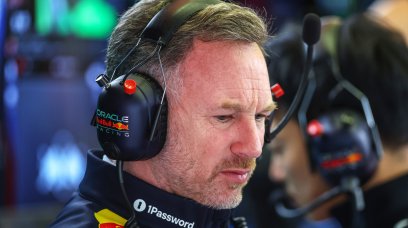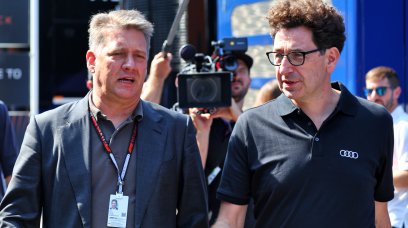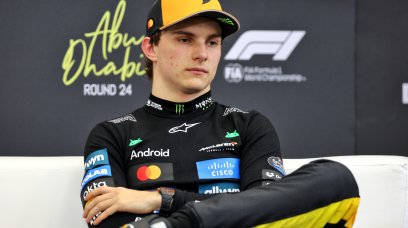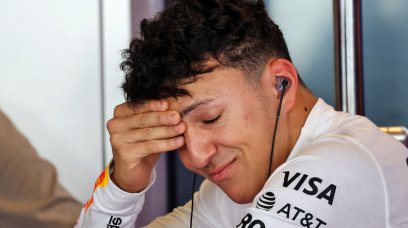With this weekend's Saudi Arabian Grand Prix taking place just one week after the season-opening race in Bahrain, the F1 teams have certainly not been able to radically modify their cars since. However, some more than others have tried to mitigate several critical issues that they encountered last time out. As is well known, the nature of the Jeddah Corniche Circuit is totally different from that of Bahrain. The Saudi Arabian track is characterised by a prevalence of straight sections and fast bends in rapid succession, which requires a decidedly more unloaded aerodynamic configuration than in Bahrain. On the one hand, this reduces the likelihood of porpoising, experienced in particular by Mercedes in Sakhir. At the same time, the presence of long, fast sections would still tend to trigger the issue once the threshold speeds - which so far have stood at around 270 km/h - are exceeded.
In Bahrain, the W13 adopted very high ride heights to reduce porpoising. The phenomenon did not seem to decrease in an evident way, however, due to the lower load generated by the floor; this was owing to the too-high ride heights, increasing the incidence of the wings. The aerodynamic result obtained was to generate excessive drag. Approaching the race in Jeddah, the engineers of the Brackley-based team therefore found themselves facing the dilemma of how to decide on a basic set-up that was not too penalising aerodynamically, while guaranteeing adequate load.
The solution chosen was drastic; the trailing edge of the rear wing was cut with a deep bevel, up to the level of the Petronas branding, thus greatly reducing the front section of the mobile flap. The main profile of the wing, on the other hand, has a sinuous double spoon shape, not particularly marked, precisely in order to reduce excessive drag on the straights and in the fast corners.
In parallel, an updated, better-finished version of the floor introduced in Bahrain has been adopted, characterised by straight lateral expansion profiles. The combination of these two solutions certainly did not seem to transform the W13's performance in comparison with the Ferrari F1-75 and the Red Bull RB18 during Friday practice in Saudi Arabia. Charles Leclerc and Max Verstappen finished P1 and P2 respectively in both sessions, with the performance of their cars seeming almost superimposable. However, thanks to the lower load required in Jeddah - and the more aggressive power unit mapping adapted to the characteristics of this track, which reward the power of the PU - the gap between the two leaders and Lewis Hamilton in second practice had reduced from that in the day's first session. It will be interesting to see how this develops in Saturday's qualifying session, where it is not possible to rule out that the gap could increase again.
Most read








